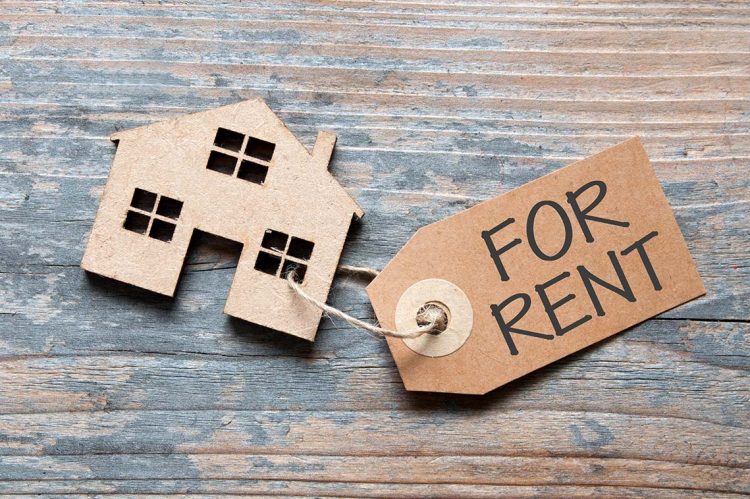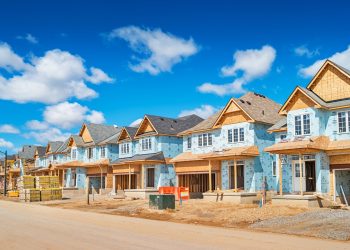A broad range of stakeholders representing renter households and property owners agree that proactive efforts are necessary to protect the security of renters and allow property owners/managers to viably steward and operate their properties, according to a new report from the Urban Land Institute (ULI).
“Stable Residents, Stable Properties” concludes that finding common ground among stakeholders in the rental market is critical to creating sound housing policy as the United States struggles to improve resident stability amid a nationwide housing shortage and the ramifications of the COVID-19 pandemic.
“The pandemic exacerbated the preexisting financial insecurity faced by many lower-income renters and essential workers,” said Michael A. Spotts, report author and senior visiting research fellow at the ULI Terwilliger Center for Housing. “This has spillover impacts on property owners/managers, who are facing higher costs and labor shortages. To address these challenges, federal, state and local governments should engage a range of perspectives to construct policy that bolsters short- and long-term stability for renters and owners and addresses the severe shortage of decent, attainable rental housing.”
The report was predicated upon a framework that emphasized good-faith communication between various stakeholders, a nuanced understanding of the challenges faced by different communities, and the need to address both immediate concerns and long-term systemic obstacles. Research included a literature and data review, 30 interviews and 280 survey responses from renters, tenant advocates, public officials, housing affordability researchers, property owners and developers.
Critical points of general consensus include:
– Strengthen public services: Programs that provide emergency assistance and longer-term support are necessary to address the needs of the most vulnerable renter households.
– Elevate housing quality: Addressing habitability and housing quality is a pressing concern.
– Increase the housing supply: Over the long term, stability requires addressing housing scarcity.
– Build trust: Improve communication between property owners or managers and residents.
– Ensure good governance: As public assistance and programmatic support increase, effective administration becomes more important.
– Concentrate efforts: Addressing resident stability requires focused attention and considerable financial commitment.
Although stakeholders had varied perspectives about policy details, a “do-nothing” approach was strongly disfavored across the board. The report provides several takeaways that could inform future policy-making:
– Ensuring that vulnerable tenants can fulfill their rent obligations can protect residents and property owners and managers today—and safeguard housing quality and access in the future.
– Reforming inefficient or bureaucratic program regulations and processes can encourage participation and reduce costs for the property sector and tenants.
– Price controls are the most heavily disputed intervention, but recent “anti-gouging” approaches represent a possibility for compromise in some markets.
– A well-designed combination of “carrots” and “sticks” can improve housing quality and tenant living conditions.
– Upstream interventions are necessary to prevent eviction actions.
– Rebalancing eviction policy can improve stability.
– As COVID-19 becomes endemic, moving beyond eviction moratoria will be critical for property management.
– Reforms are necessary to improve tenants’ ability to exercise their rights.
– Expanding knowledge of rights and responsibilities requires proactive engagement.
– Policy complementarity may help address contentious issues, such as pairing expanded tenant protections with supply-oriented zoning reform.
“The specific actions that improve resident stability are bound to vary from community to community and will evolve depending on the market and political context,” Spotts said. “By providing a framework for action, we hope that policymakers will approach this issue holistically to address both the acute and chronic issues that contribute to instability.”
The full “Stable Residents, Stable Properties” report is available on ULI’s Knowledge Finder platform.
Source: ULI











